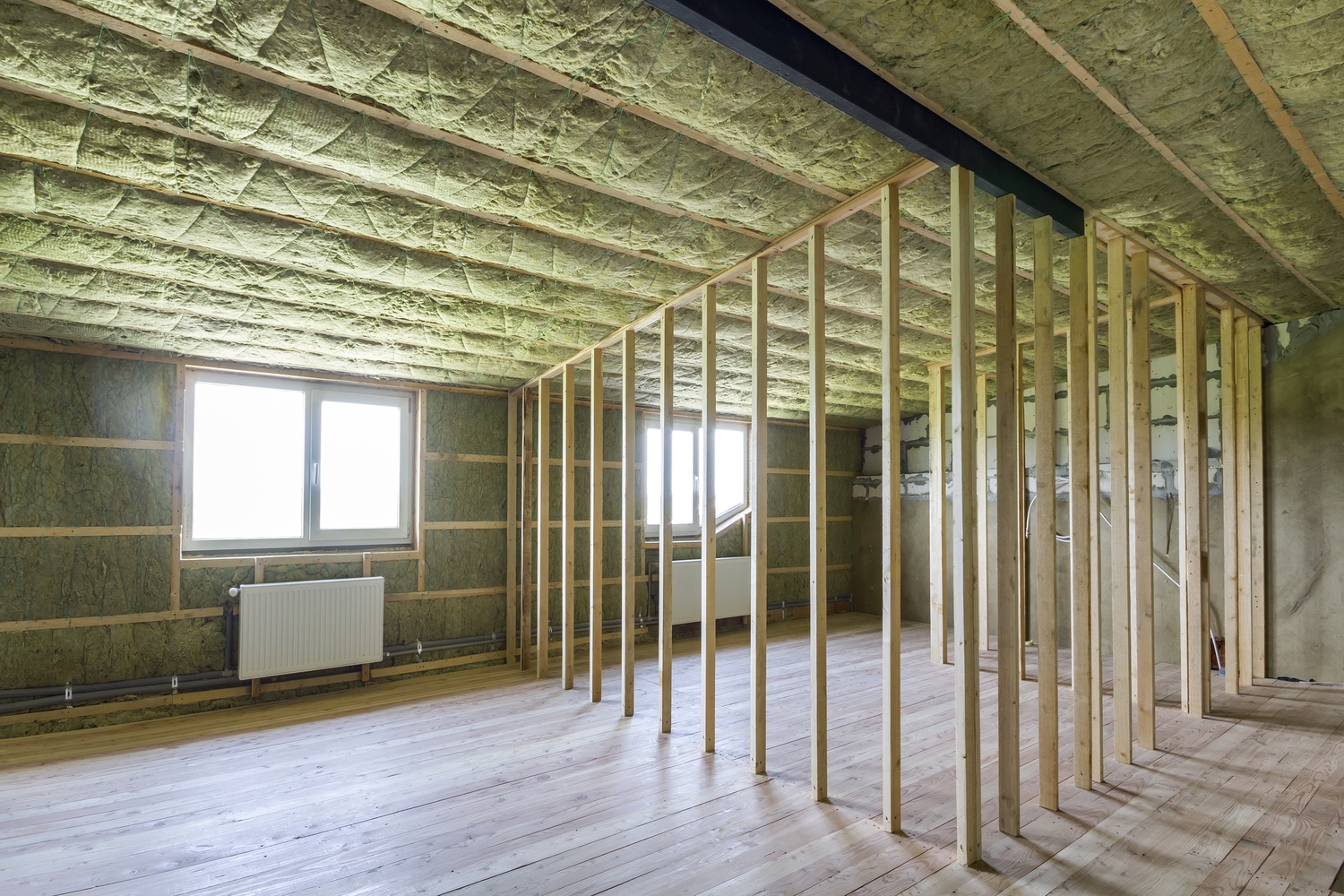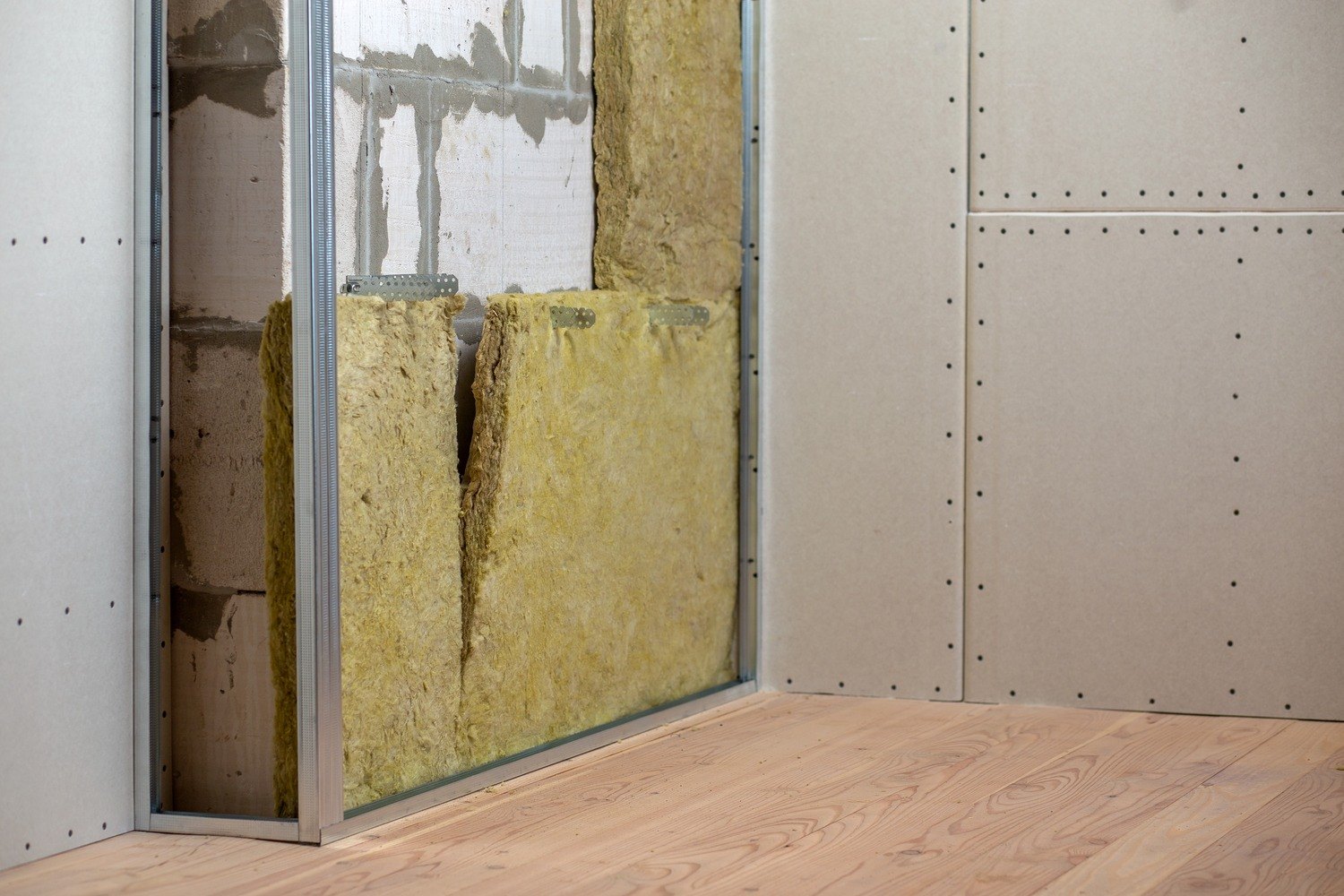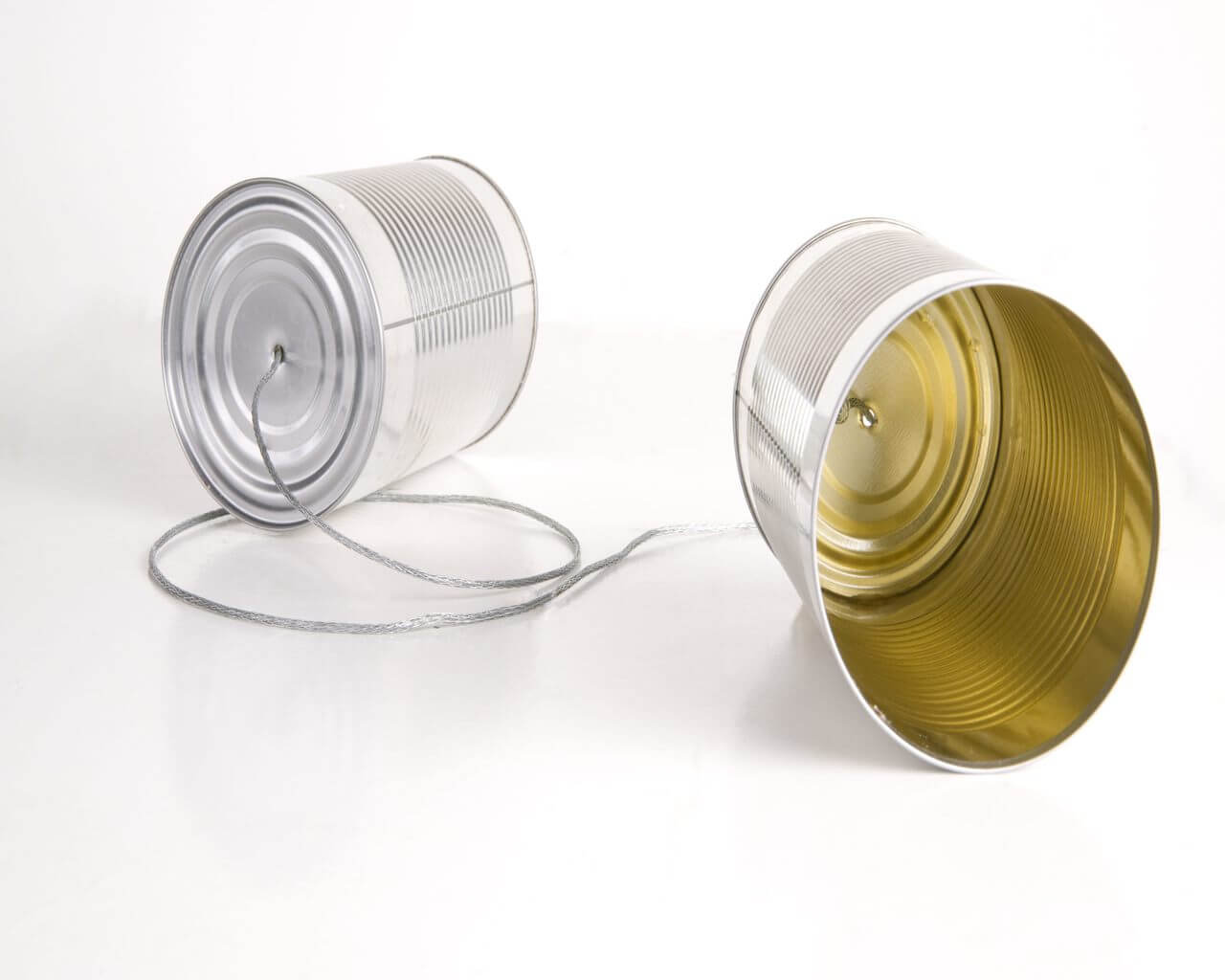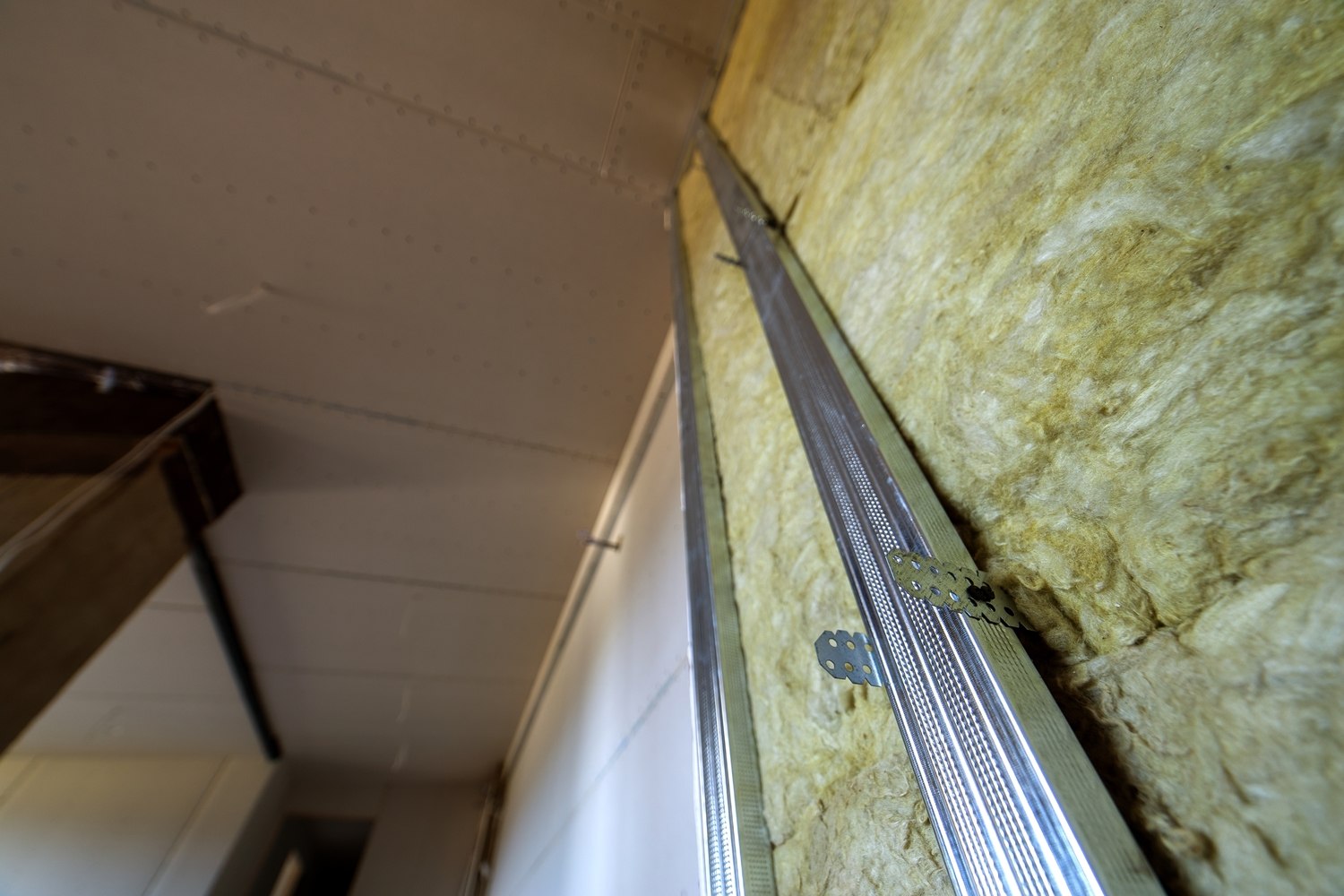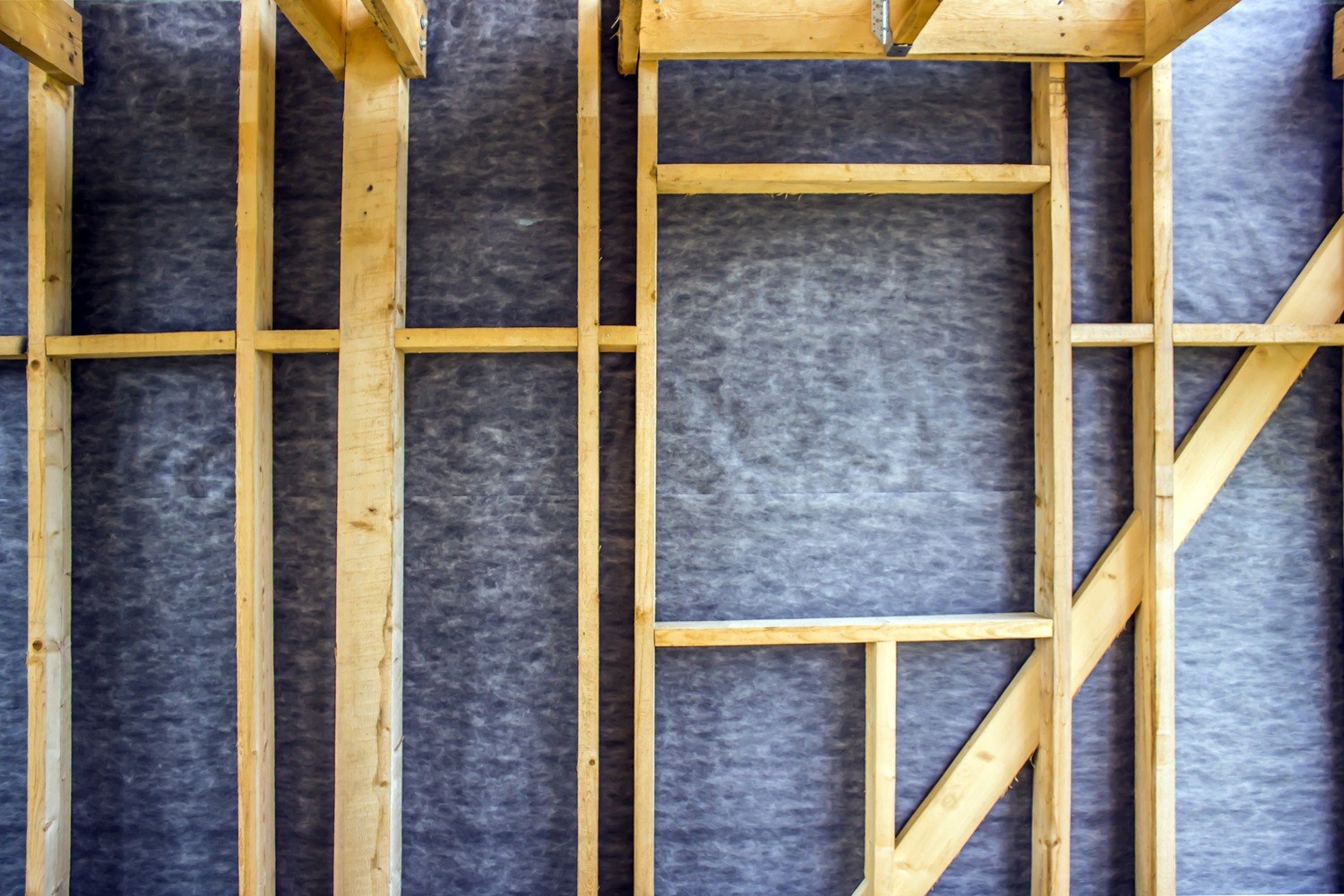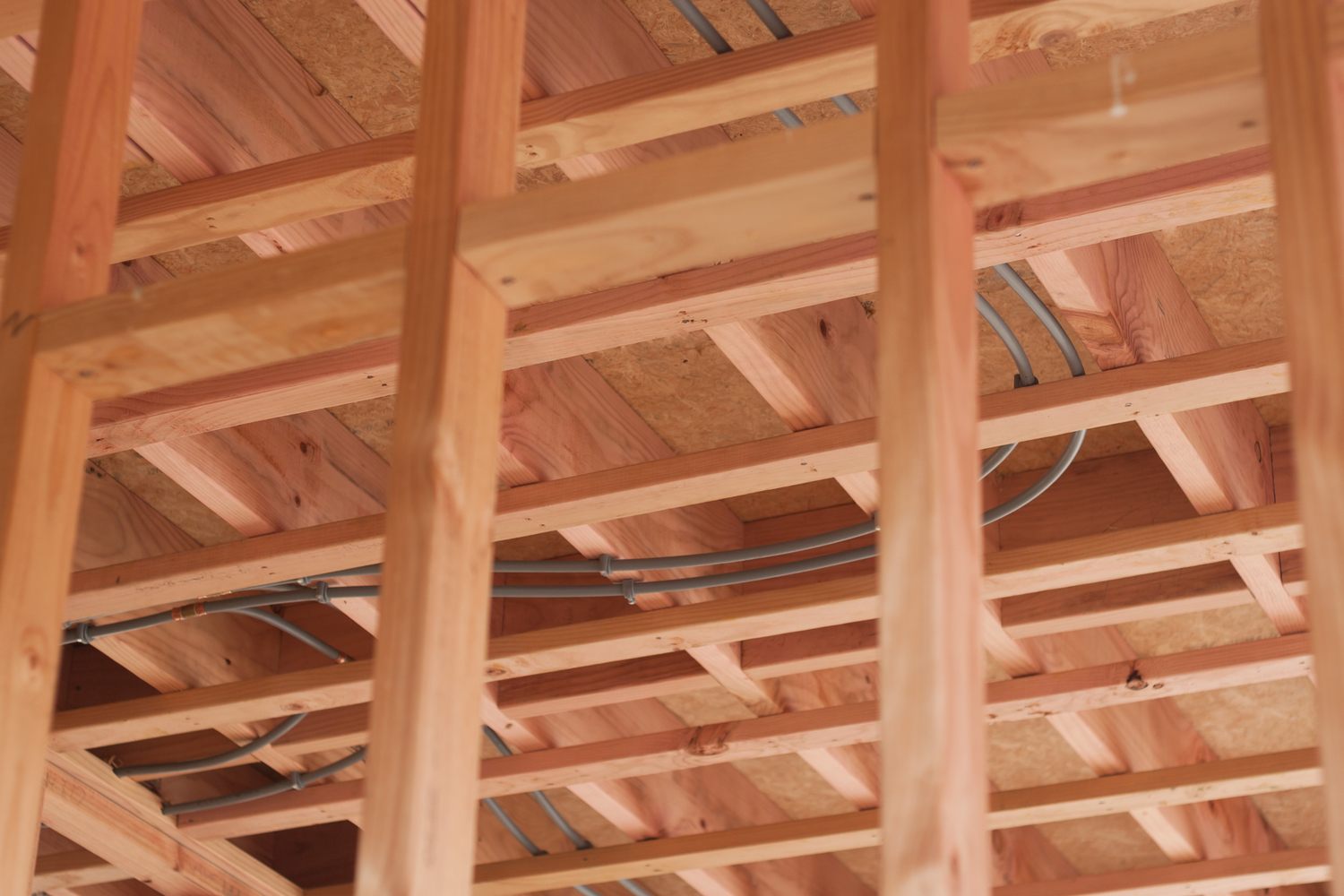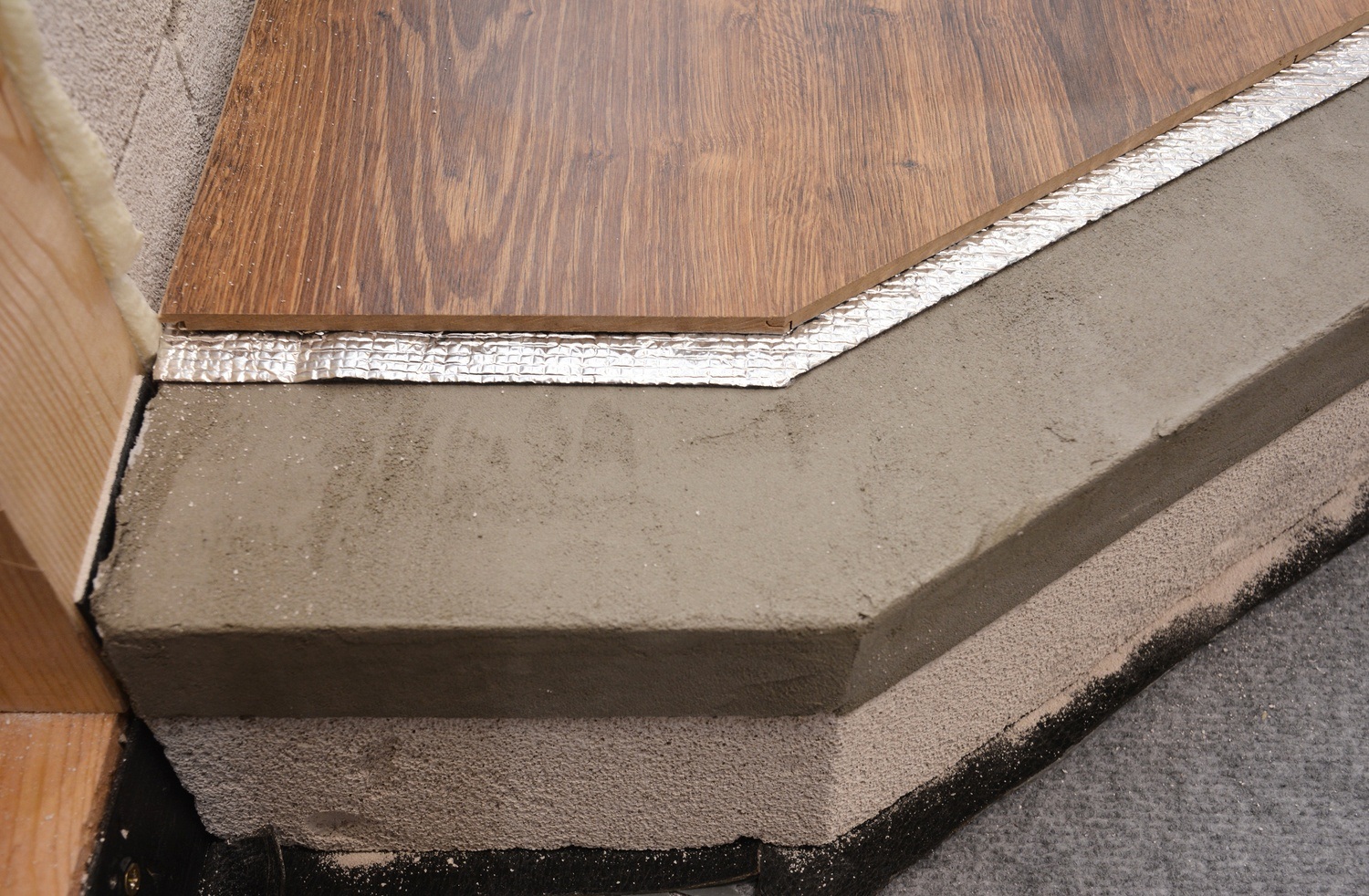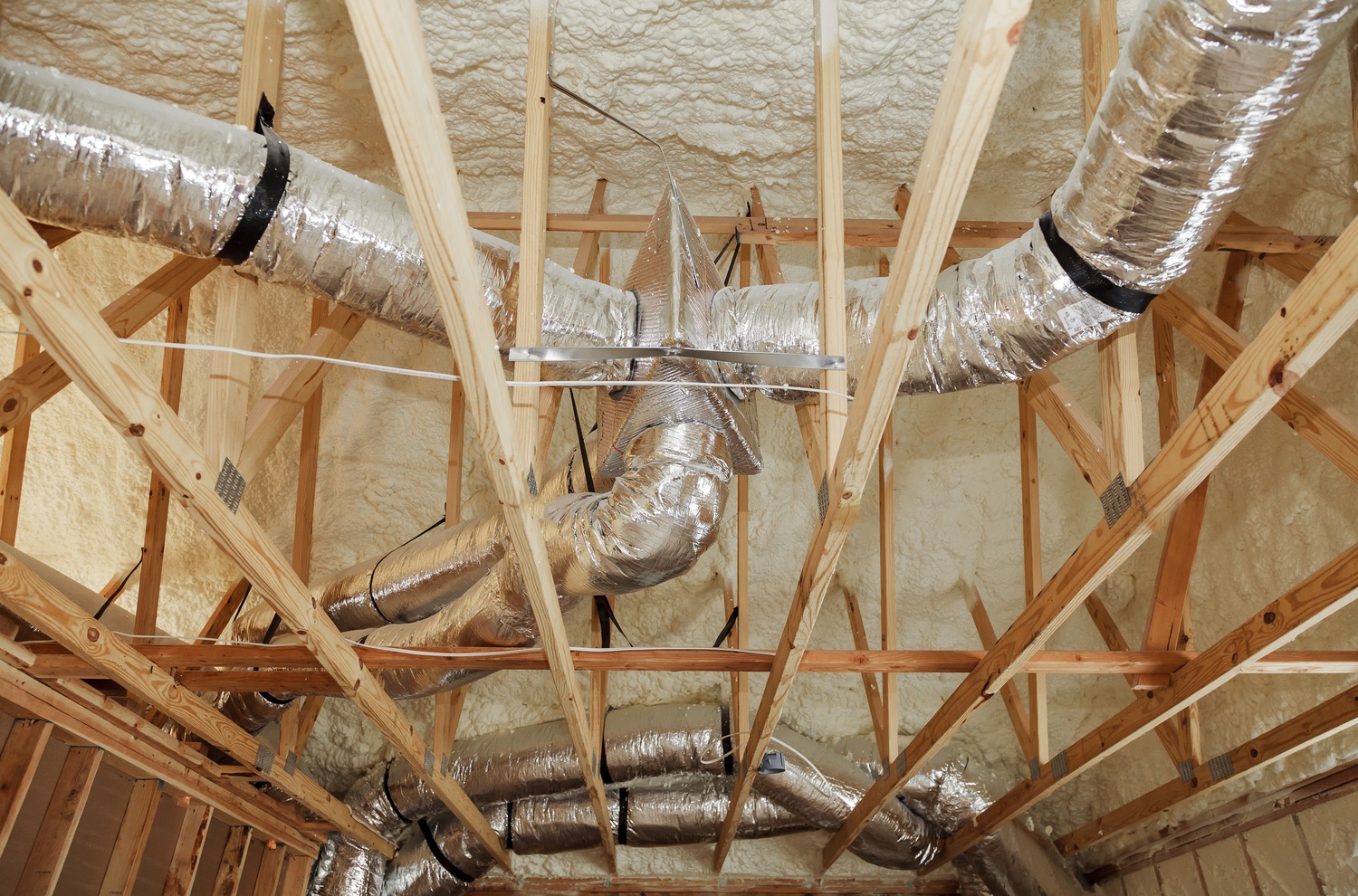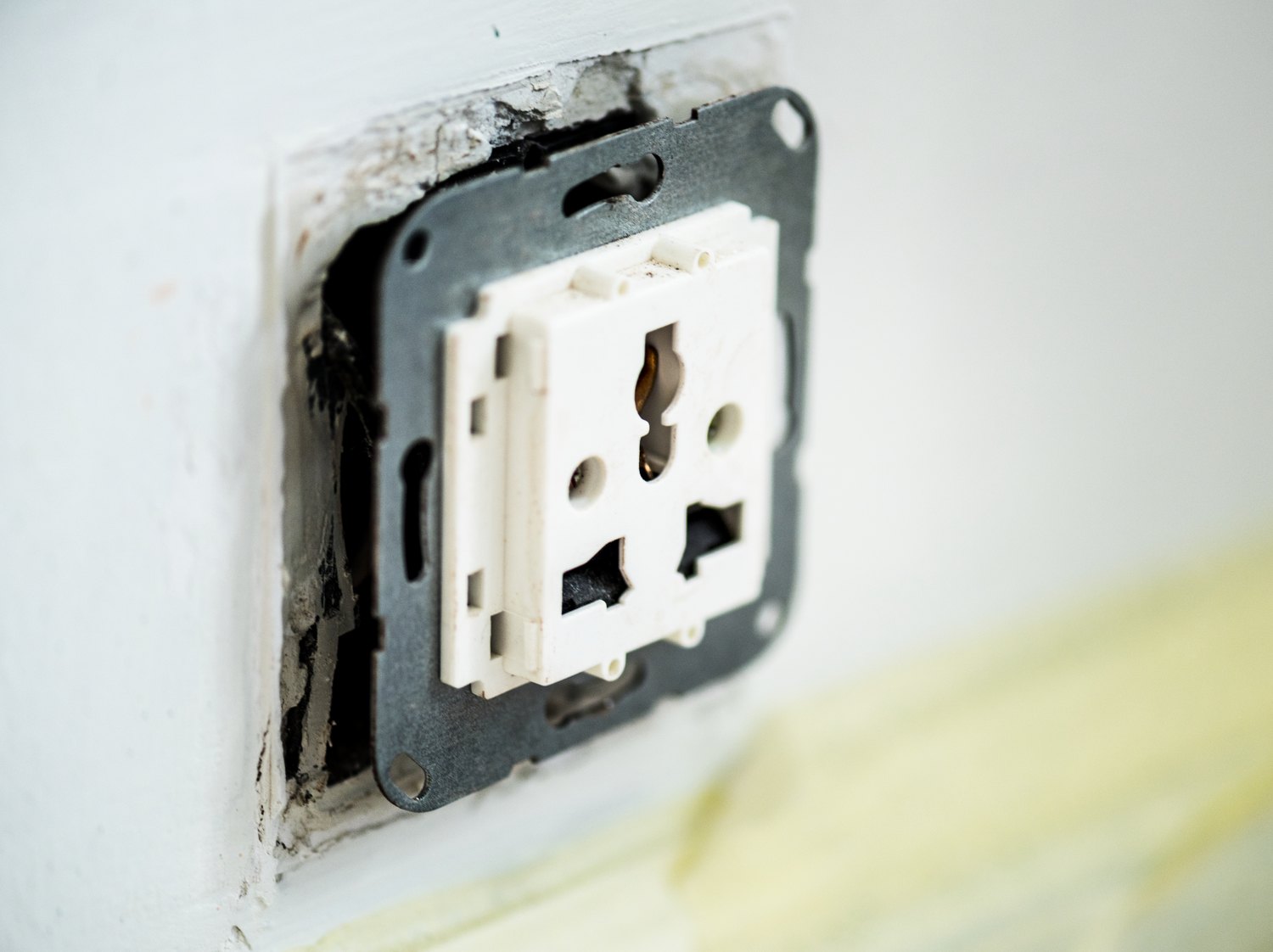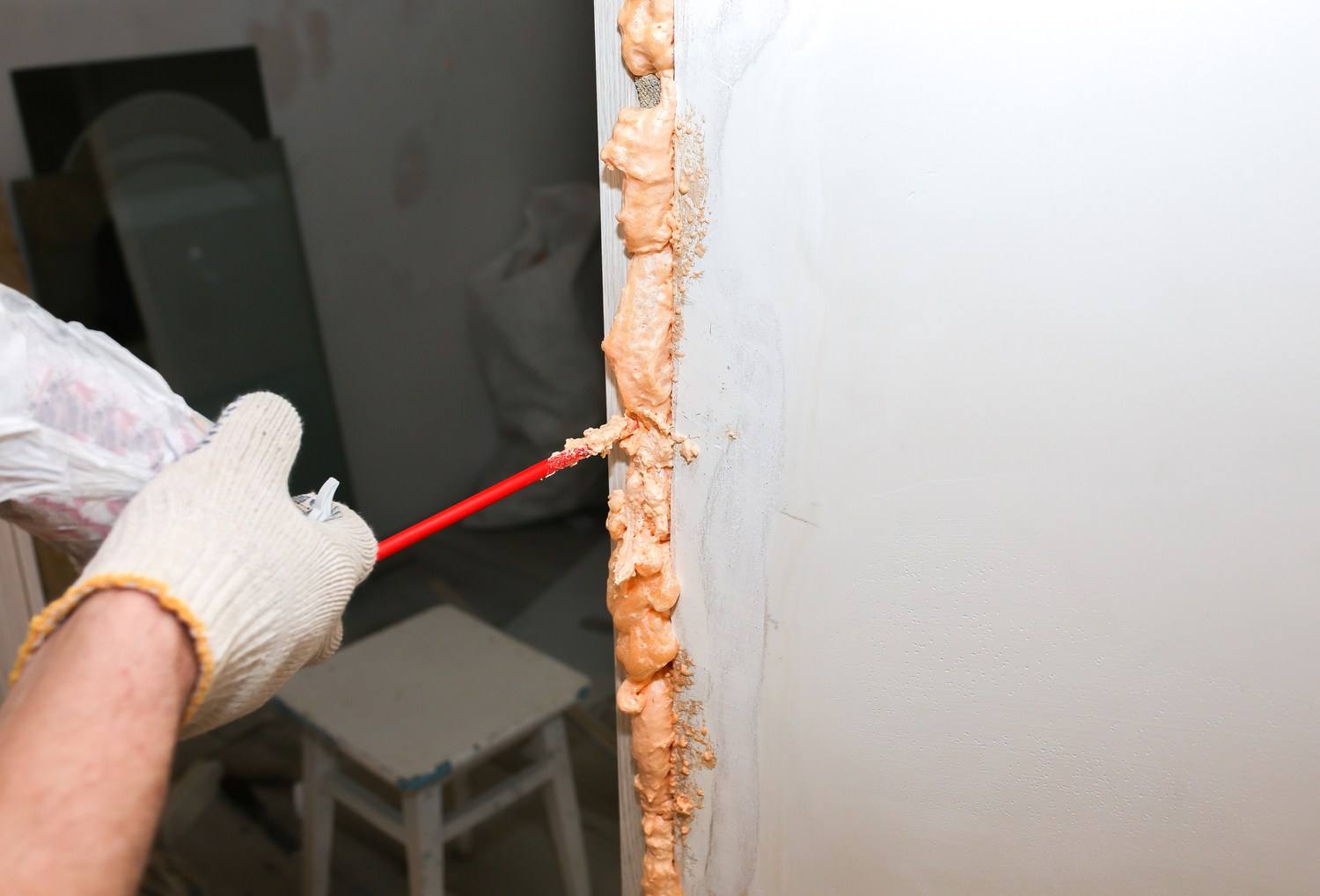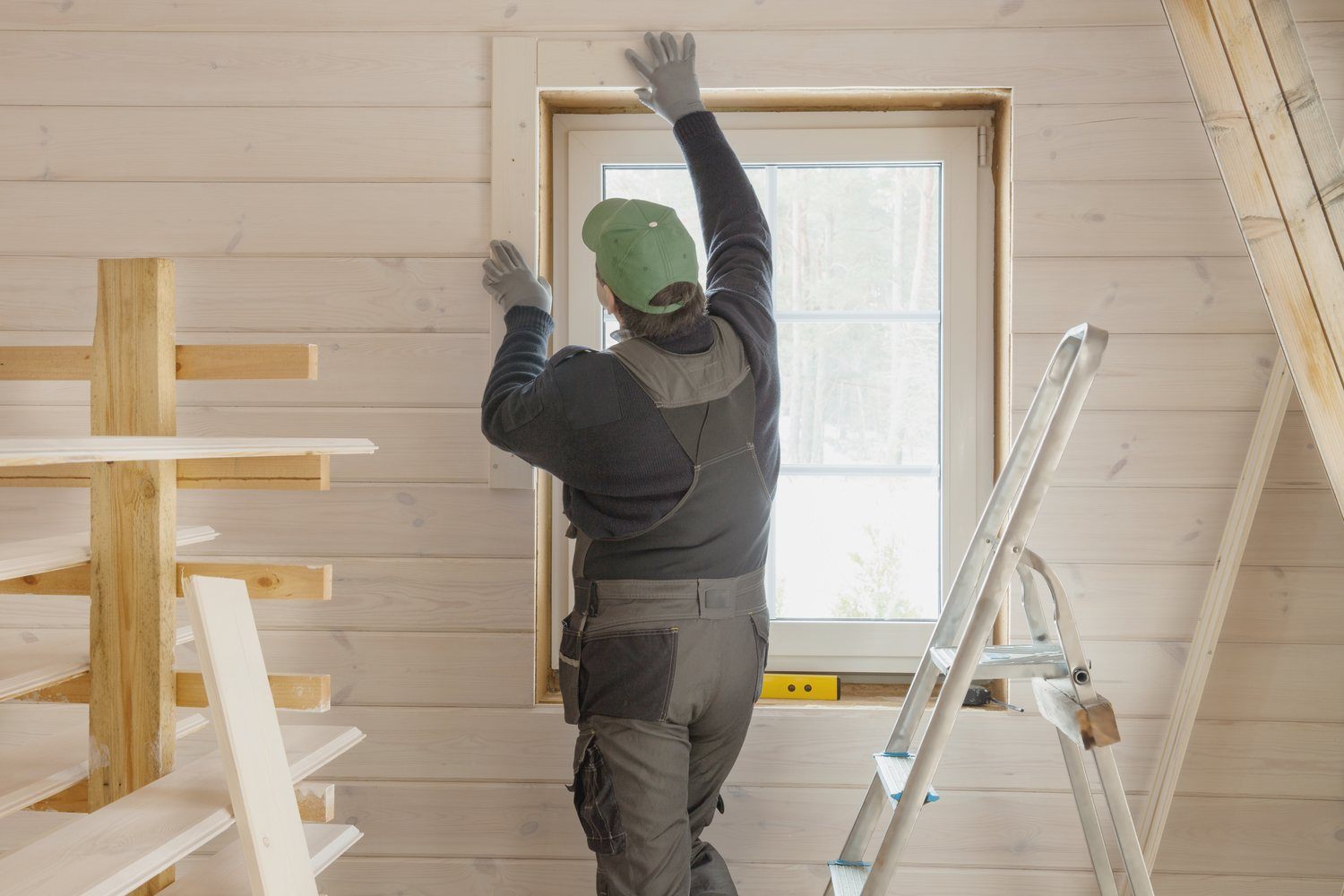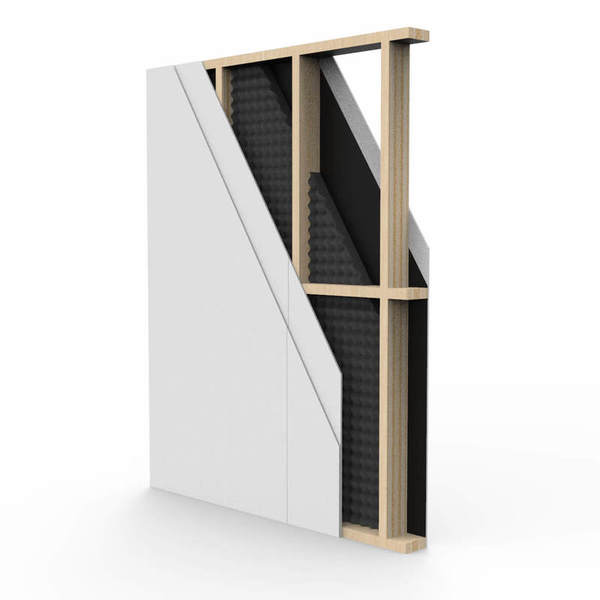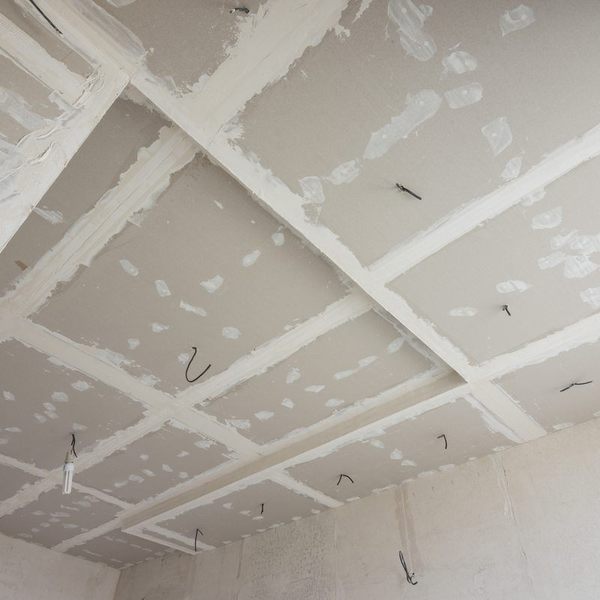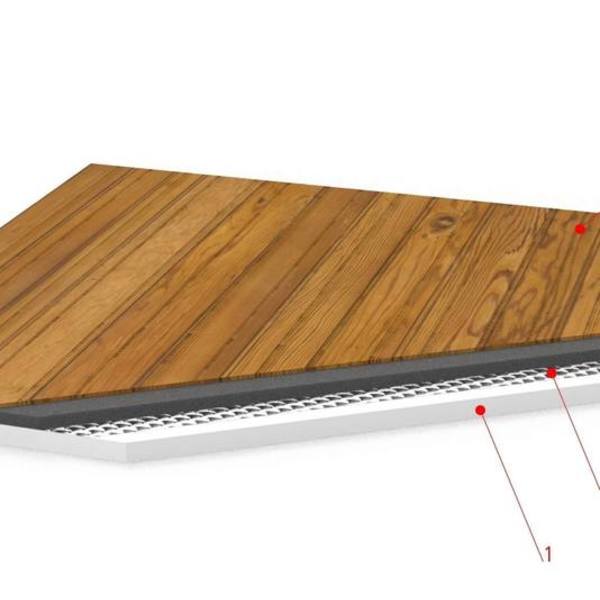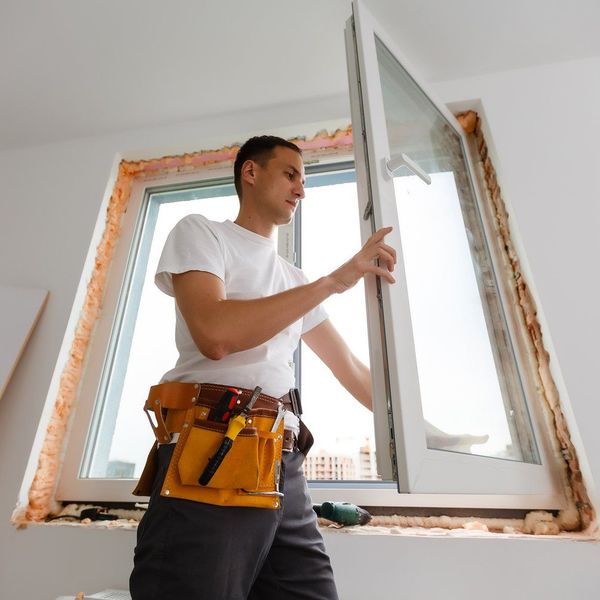Building a soundproof room within a room – For maximum sound control
Building a soundproof room within a room is one of the most effective methods for creating a quiet and controlled acoustic environment. This concept is often used in recording studios, home theaters, rehearsal rooms for musicians, and quiet workspaces, where sound insulation is crucial. By creating a freestanding structure inside an existing room, you can minimize sound transmission both into and out of the room, providing an optimal acoustic environment.
Why build a room within a room?
Sound travels through vibrations in solid materials and through the air. When sound hits a surface, it can be transmitted through walls, floors, and ceilings to adjacent rooms. By constructing a freestanding room with no direct contact with the existing structure, these sound transmissions can be minimized. Common problems solved by a soundproof room within a room:
Reduce sound leakage
Prevents sound from spreading to the rest of the building.
Improved sound experience
Creates a more controlled and balanced acoustics.
Reduce external disturbances
Prevents unwanted outside noise from affecting the sound environment in the room.
Protect the surrounding area from high noise levels
Perfect for music studios, drum rooms, and workplaces that require silence.
How do you build a soundproof room within a room?
To create effective sound insulation, you need to minimize sound bridges, i.e., direct connections between the interior and exterior structures. This is done by creating air gaps, using elastic fasteners, and choosing the right materials.
What environments are suitable for a soundproof room within a room?
Music studios and rehearsal rooms
For playing and recording music without disturbing the surroundings.
Home theater and gaming rooms
To enjoy high-quality sound without it spreading throughout the home.
Offices and workrooms
Perfect for quiet work environments, podcast recordings, and video meetings.
Bedrooms and meditation rooms
To create a peaceful environment free from external disturbances.
Industrial environments
To reduce noise from machinery and create a safer workplace.
How effective is a soundproof room within a room?
By using double wall construction, sound-absorbing materials, and elastic fasteners, the noise level can be reduced by up to 40 dB, depending on the construction and choice of materials. This means that disturbing noise from the surroundings is greatly reduced, making it possible to create a secluded and peaceful environment even in noisy surroundings.
Summary – How to build a soundproof room within a room
- Build a freestanding structure to minimize sound bridges.
- Use sound-blocking materials such as MDF, plasterboard, or concrete slabs in walls, floors, and ceilings.
- Seal doors and windows to prevent sound leakage.
- Treat the room's acoustics with sound-absorbing panels and textiles.
- Create a floating floor and a freestanding ceiling to minimize structure-borne noise.
Building a soundproof room within a room requires planning and careful material selection, but the right measures can significantly improve the sound environment and create an optimal sound experience regardless of the area of use.





